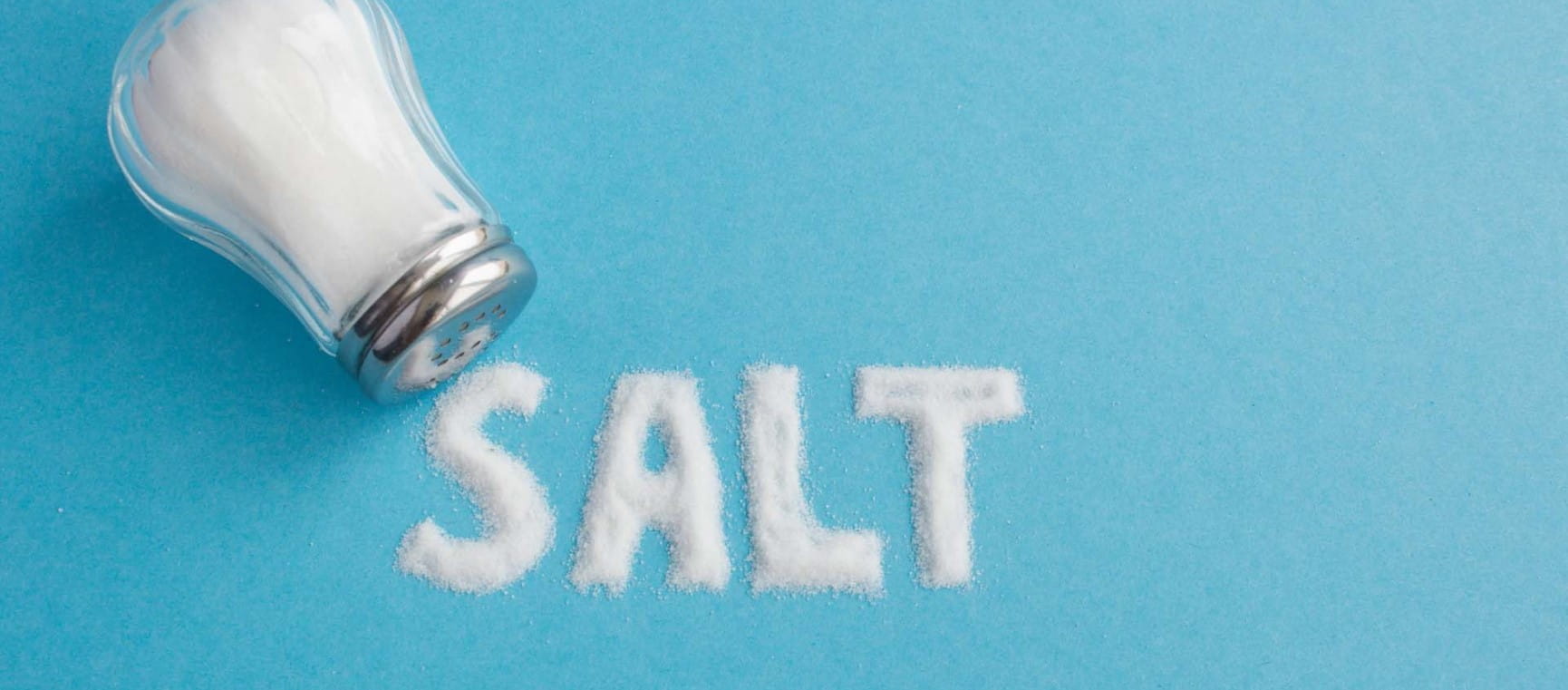
We’re consuming too much salt – more than we should – and it could be harming our health. Nutritional analysis carried out by Action on Salt found half of pizzas surveyed in Britain contain as much (or more) salt as we should be eating in an entire day.
Meanwhile, figures show the average person in the UK is eating 8.4g (around one and a half teaspoons) of salt per day – over 2g more than the recommended maximum of 6g (around one teaspoon).
And according to a YouGov survey, commissioned by Season with Sense, nine in 10 people don’t know what the maximum daily recommended intake is.
Eating too much salt can lead to raised blood pressure and increase our risk of developing chronic diseases. Research from the British Medical Journal showed increasing salt intake by just 1g (three pinches) per day is associated with a 23% higher risk of stroke and a 14% higher risk of heart disease and stroke.
Other research has shown that reducing salt intake by 1g a day could save 4,000 lives a year in the UK.
TV GP and public health advocate Dr Sarah Jarvis said: “When it comes to talking about what we eat and its impact on our health, sugar is regularly at the forefront of our minds. It may come as a surprise then, that it’s excess salt we really need to tackle.
“This data paints a worrying picture about the UK’s relationship with salt. The good news is the power is in our hands to change that through small, simple changes like tracking our salt intake.”
Salt is often referred to as sodium, but they aren’t the same thing. Salt is sodium chloride – a crystal-like compound used as a food seasoning or preservative. Sodium is a chemical element that makes up salt. 6g of salt is equivalent to 2.4g of sodium – so keep that in mind if you’re reading food labels that list ‘sodium’ content rather than salt.
But how do you know if you’re consuming too much salt? We spoke to Dr Sunni Patel – a culinary medicine expert and nutritional therapist who has a PhD in the risk factors of type 2 diabetes and heart disease – about signs to look out for.
“When you consume excessive amounts of salt, your body tries to dilute it by retaining water, which can lead to fluid retention and bloating,” says Dr Patel. “This fluid build-up in your tissues can also lead to weight gain and swelling in parts of the body, such as the ankles, feet or hands.”
Dr Patel adds: “As your body tries to balance out the sodium levels by diluting it with water, this can also cause your cells to become dehydrated, making you feel thirsty.”
Excessive consumption can cause dehydration, Dr Patel says, which can cause headaches, dizziness, confusion and fatigue.
“High levels of sodium can disrupt your body’s electrolyte balance, leading to fatigue and weakness,” explains Dr Patel.
Dr Patel says: “Excessive salt in your diet is a leading cause of high blood pressure, which can increase the risk of heart disease and stroke.”
“A high-salt diet can increase calcium excretion, leading to a loss of bone density and an increased risk of osteoporosis,” says Dr Patel.
Dr Patel says: “It has been linked to decreased cognitive function and an increased risk of dementia in older adults.”
But how do you know if you’re consuming too much salt? We spoke to Dr Sunni Patel – a culinary medicine expert and nutritional therapist who has a PhD in the risk factors of type 2 diabetes and heart disease – about signs to look out for.

Tracking salt intake can increase our awareness, help us to curb our high consumption and contribute to healthy eating, which can provide many benefits.
Stick to Six is a nutrition tracking app that encourages you to stick to the guideline of 6g of salt a day for seven days. It’s free for a week, then £5.99 a month afterwards.
You can also monitor your intake by checking food labels, keeping a food diary or weighing out portion sizes. Or try downloading the free NHS Food Scanner app to help you choose healthier options.
Dr Patel, who is championing the ‘Stick to Six’ campaign, says: “This is an effective way to tackle high salt intake and improve the health of the nation.”
Dr Patel adds that reducing salt intake can provide many health benefits, such as lowering blood pressure, improving heart health and boosting hydration. However, he says more awareness and education about the importance of reducing salt intake, as well as government support to increase the availability of lower-sodium foods, is needed to achieve this.
Here, Dr Patel offers more strategies for reducing salt intake:
“By checking food labels, you can identify high-sodium foods and choose lower-sodium options. Look for foods labelled ‘low sodium’, ‘no added salt’ or ‘sodium-free,’” says Dr Patel. “Food labels can also help you understand whether a food that appears to have a low salt content may actually be high in salt if the serving size is larger than you would typically consume.”
“This allows you to control the amount of salt you add to your meals.”
“Reduce your intake gradually to help your taste buds adjust to lower levels.”
“Try using herbs, spices and other seasonings, such as basil, oregano, garlic and ginger, to add flavour to your meals instead of salt,” he adds.
“These tend to be high in salt, so try to restrict how much you’re having. Instead, choose fresh, whole foods such as fruits, vegetables and lean proteins.”
“This can help to reduce the salt content of tinned foods, such as beans and vegetables, if they’re packaged in salted water (even better, choose ones that are in water without any added salt).”
“Restaurant meals tend to be high in salt, so opt for things that are grilled, baked or steamed instead of fried. Ask for dressings and sauces on the side and use them sparingly.”
Patel, who is championing the ‘Stick to Six’ campaign, says: “This is an effective way to tackle high salt intake and improve the health of the nation.”
Patel adds that reducing salt intake can provide many health benefits, such as lowering blood pressure, improving heart health and boosting hydration.
However, he says more awareness and education about the importance of reducing salt intake, as well as government support to increase the availability of lower-sodium foods, is needed to achieve this.

Many foods that we might not think of as salty can contain a lot of the white stuff. Some of the offenders include:
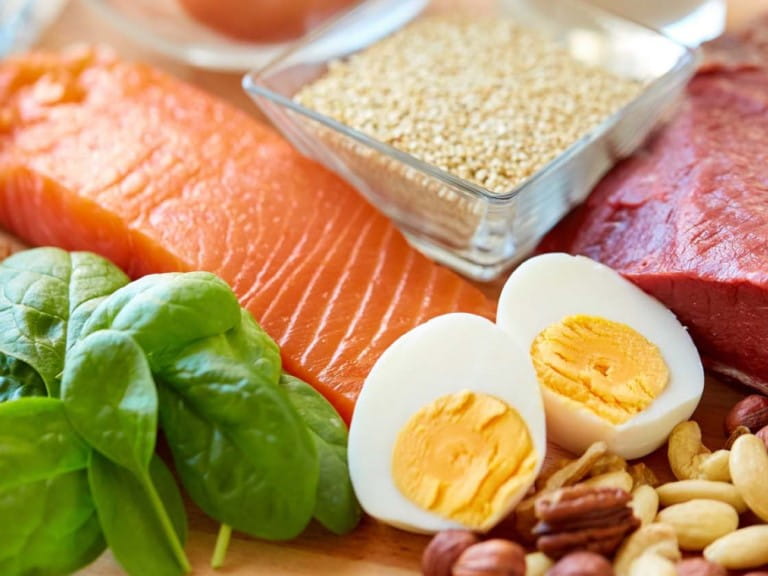
Everything you need to know about protein, from what it does for your body to the best high protein foods – and how much you really need.


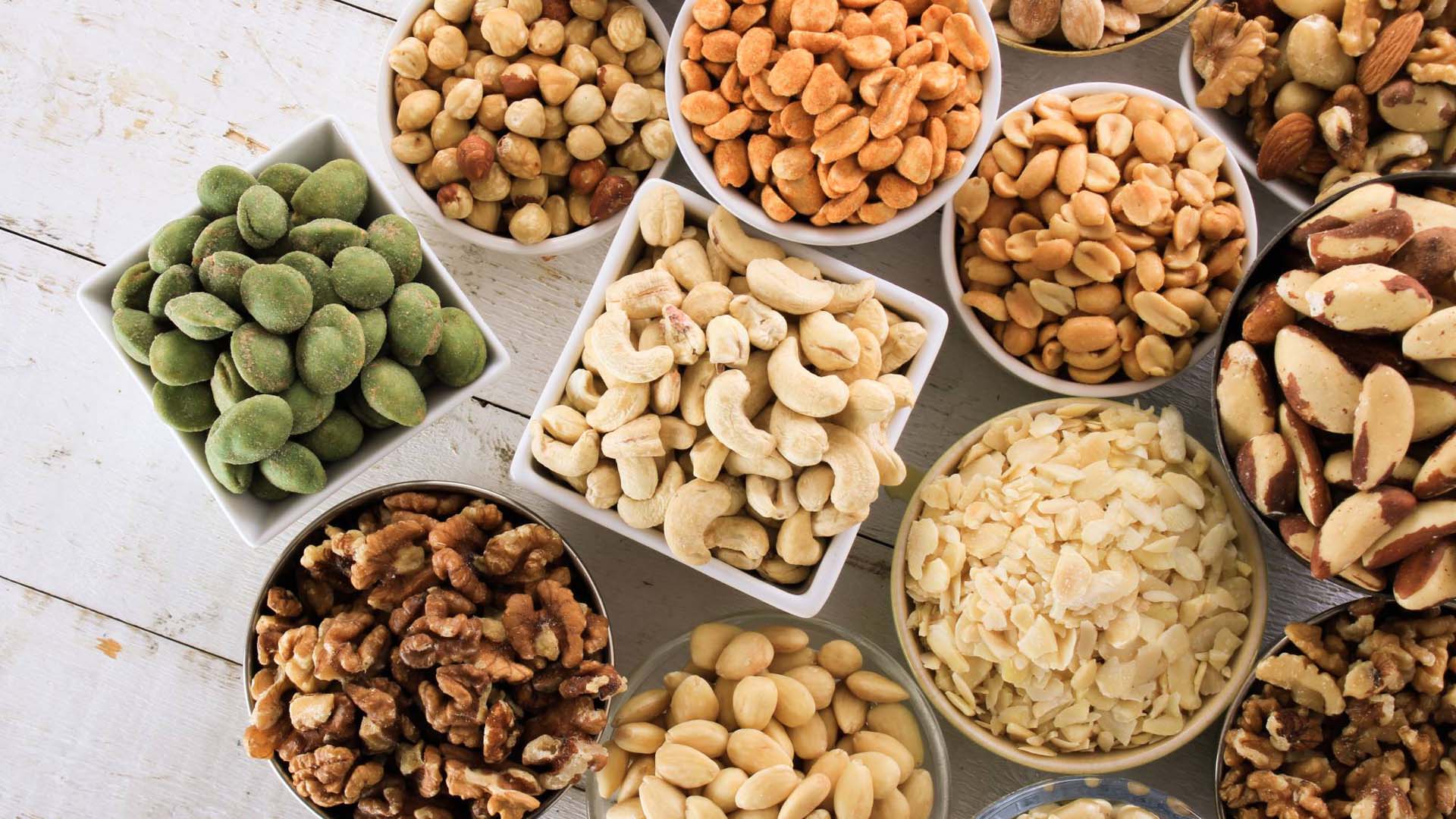
Let’s roast the myths! Not only are nuts less fattening than once feared, research shows they can cut the risk of heart disease too
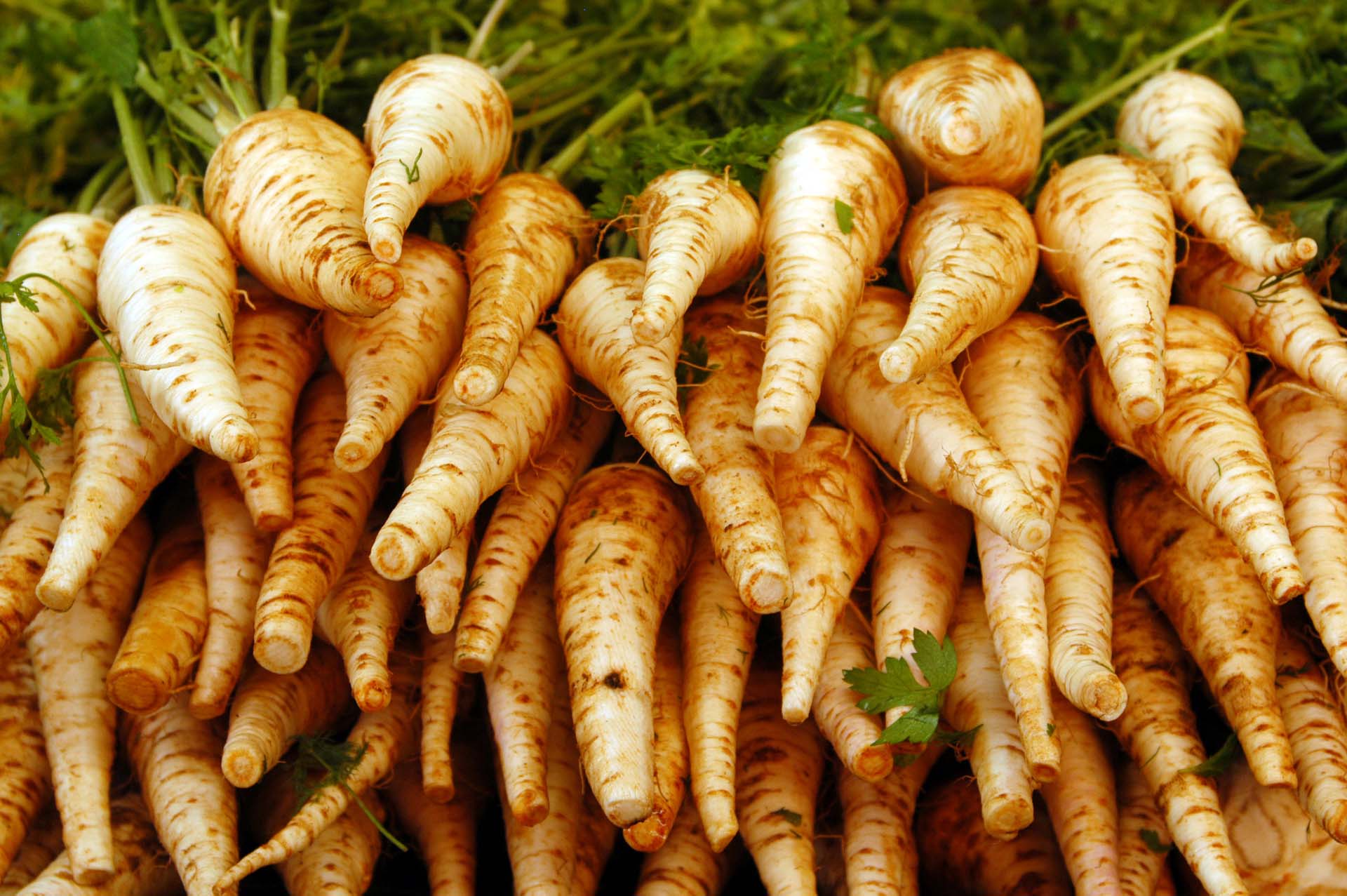
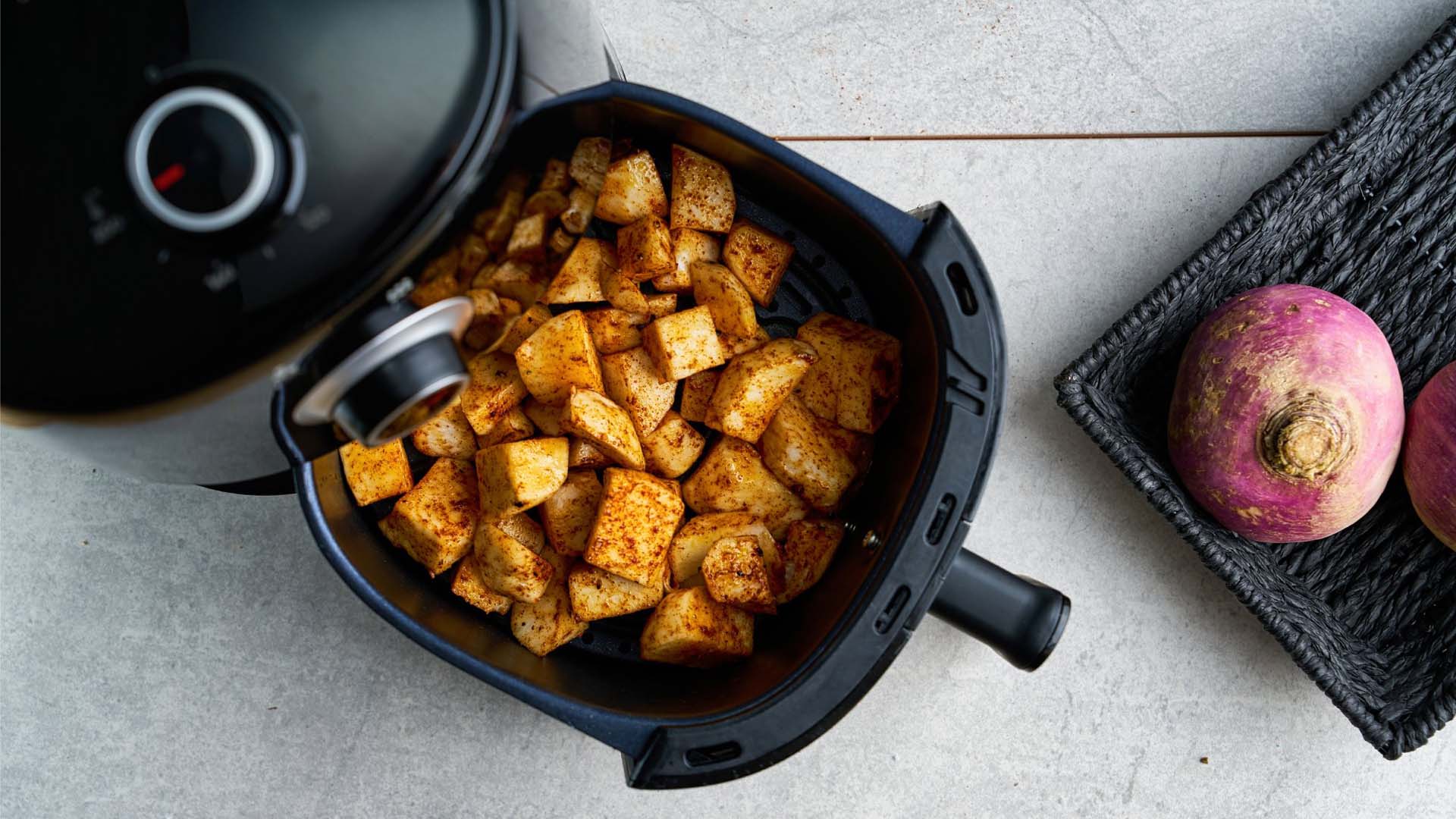
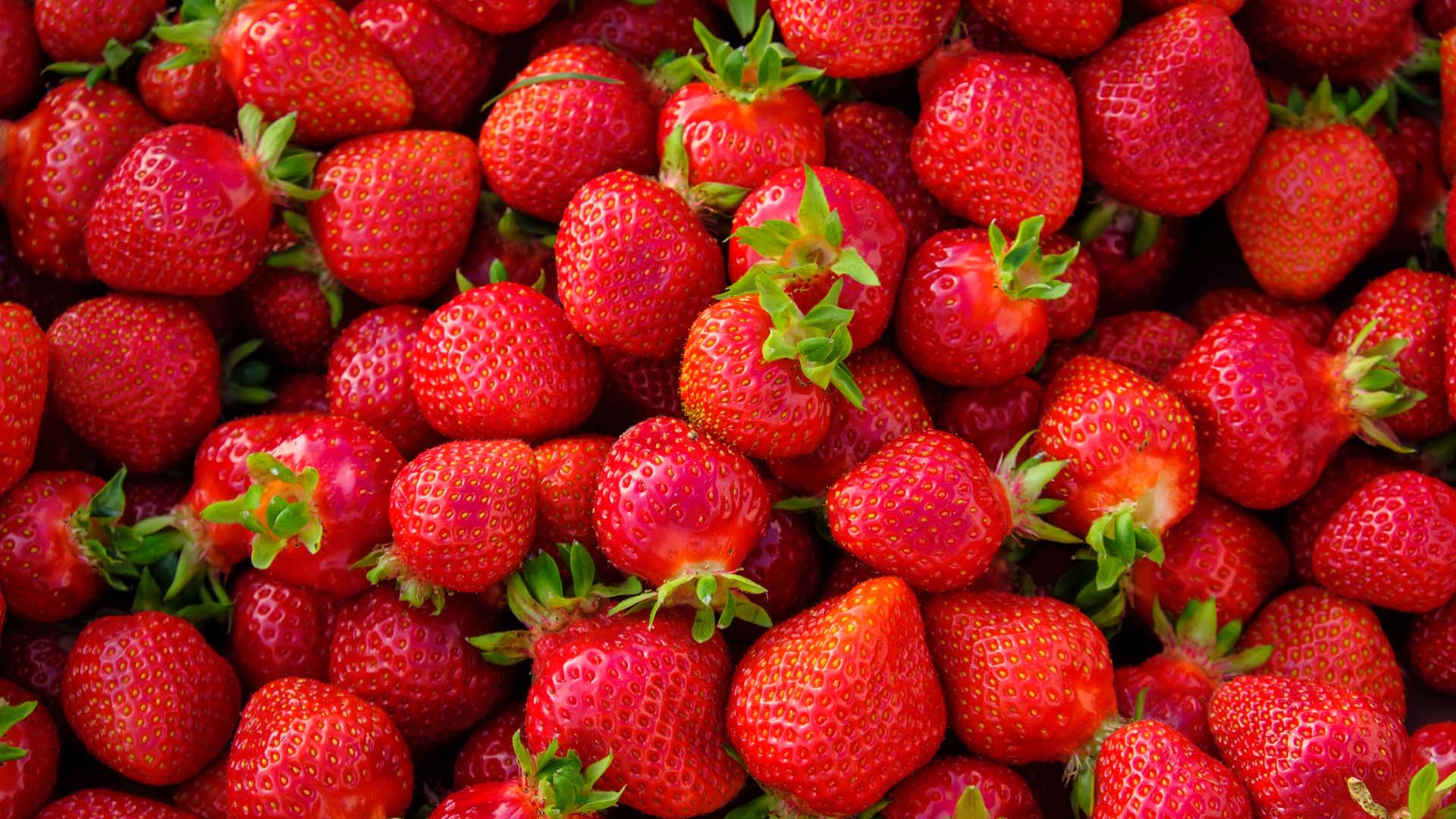
Strawberries don't just taste and look great, they are full of fibre, help your heart health and may even stave off dementia.
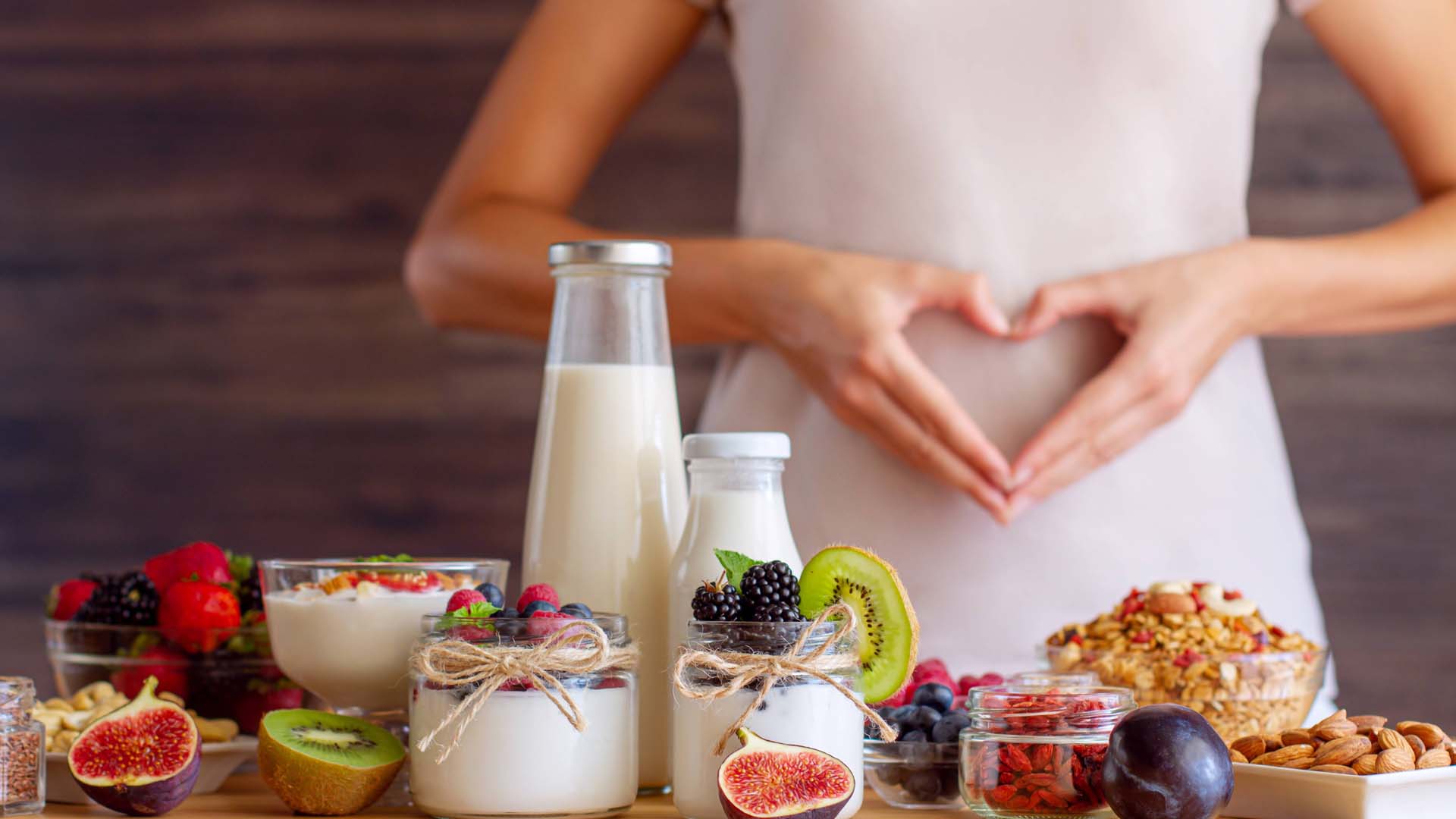
Looking after your gut health could be one of the biggest things that you can do for your overall health. Here are the best foods to keep your gut happy.
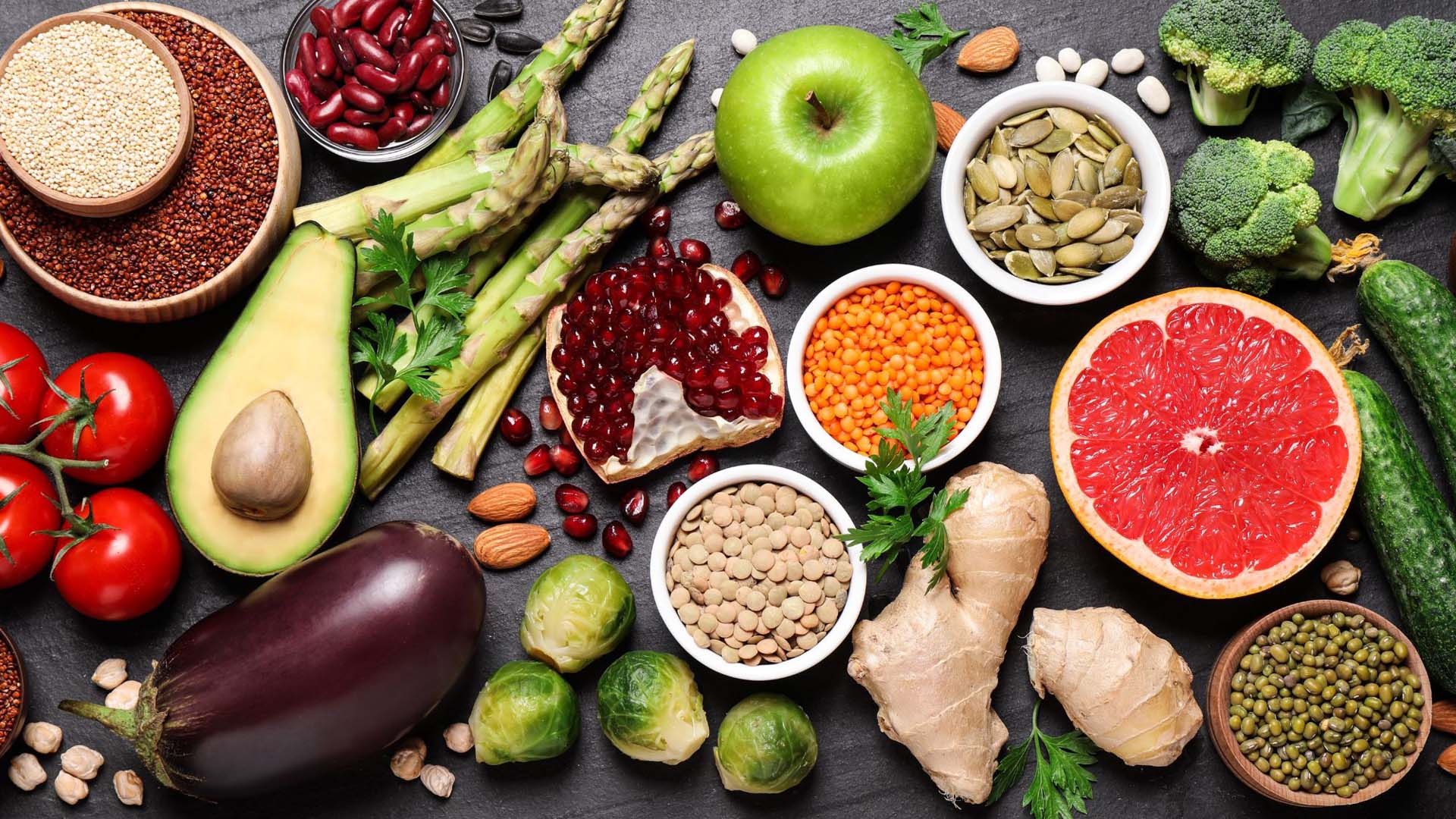
The foods that could help you live longer and protect against chronic illness.